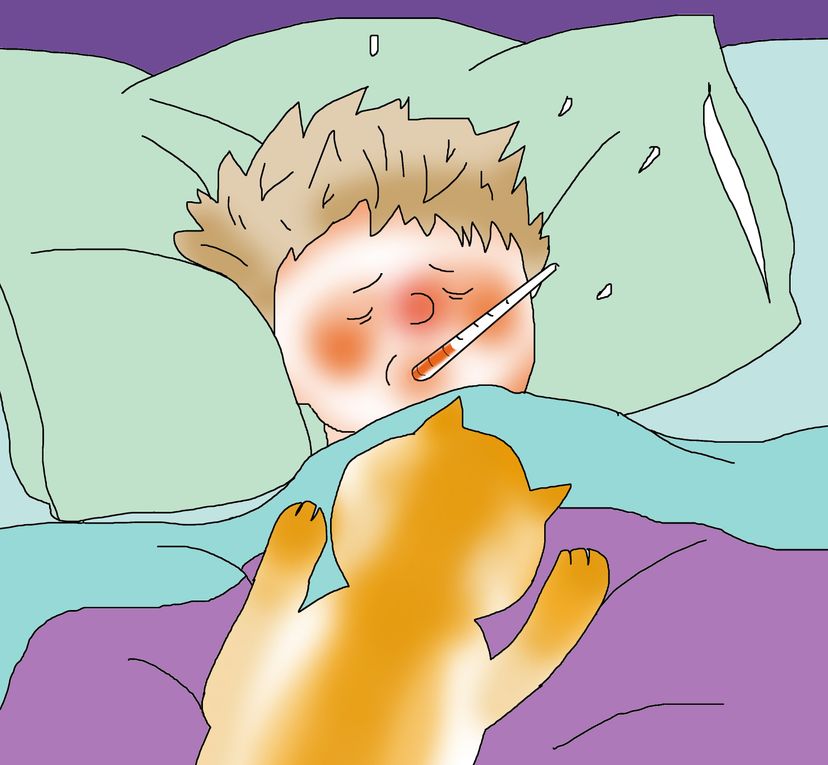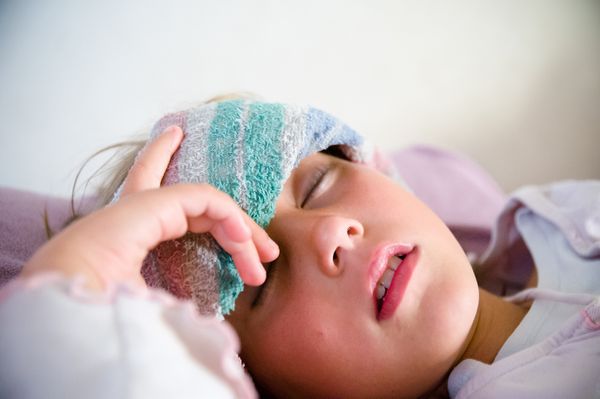
Key Takeaways
- Fever dreams are vivid, strange, and sometimes disturbing dreams experienced during illness due to increased body temperature.
- Limited scientific research suggests that fever dreams are more negative, bizarre, and less socially interactive than regular dreams.
- Factors like altered neurotransmitter levels, disrupted sleep patterns, and heightened emotional responses contribute to the occurrence of fever dreams.
Fever dreams are a fascinating phenomenon that many of us have experienced during times of illness. These dreams can be vivid, strange, and sometimes even disturbing. But what exactly causes fever dreams? And why do they differ from our regular dreams? In this article, we will dive into the scientific research on fever dreams to uncover the mysteries behind these unique experiences.
Advertisement




